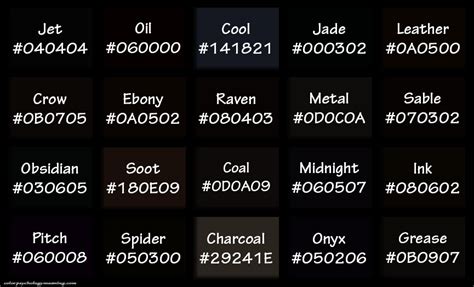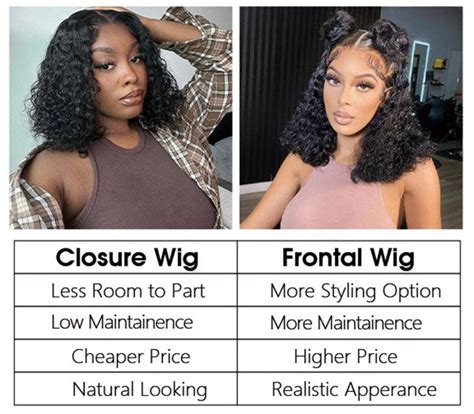Understanding the Differences
When it comes to hair extensions, the choice between closure and frontal can be perplexing. Both methods offer unique benefits and drawbacks, making it crucial to understand their key differences before making a decision.

What is a Closure?
A closure is a small, circular piece of lace or mesh that is used to cover a specific area of the scalp, typically at the top or back of the head. It has a hole in the center where your own hair is pulled through and blended with the extension hair. This creates a natural-looking transition between your hair and the extension.
What is a Frontal?
A frontal is a larger, rectangular piece of lace or mesh that extends from ear to ear and covers the entire hairline. It allows for a more versatile styling options as it can be parted and styled in various ways. Frontals also provide a more natural-looking hairline and can be used to cover larger areas of hair loss or thinning.
Closure vs. Frontal: Key Differences
| Feature | Closure | Frontal |
|---|---|---|
| Size | Small, circular | Large, rectangular |
| Coverage | Specific area | Entire hairline |
| Versatility | Limited | High |
| Installation | Usually more affordable | More expensive |
| Maintenance | Easier to maintain | More time-consuming |
Benefits of Closures
- Affordable
- Easy to install and maintain
- Provides a natural-looking transition
- Suitable for specific areas of hair loss or thinning
Benefits of Frontals
- Versatile styling options
- Can cover entire hairline
- Provides a more natural-looking hairline
- Suitable for larger areas of hair loss or thinning
Why Closure or Frontal Matters
The choice between closure and frontal ultimately depends on your individual preferences and hair needs. If you are looking for a budget-friendly option that provides a natural-looking finish and is easy to maintain, a closure may be a good choice. However, if you desire maximum versatility and a more seamless look, a frontal may be a better investment.
How to Choose the Right Option
Consider the following factors when selecting between a closure and a frontal:
- Hair loss or thinning: If you only have a small area of hair loss or thinning, a closure may be sufficient. If you have more extensive hair loss, a frontal would provide better coverage.
- Hair texture: If your hair is thick and coarse, a frontal may be better suited as it can withstand more manipulation. If your hair is fine or thin, a closure may be less noticeable.
- Budget: Closures are typically more affordable than frontals, especially for larger sizes.
- Lifestyle: If you lead an active lifestyle or prefer to keep your hair low-maintenance, a closure may be a better choice.
Effective Strategies for Choosing Closure or Frontal
- Consult with a professional hairstylist who specializes in hair extensions.
- Research different brands and types of closures and frontals.
- Read reviews and testimonials from other customers.
- Consider your hair type, lifestyle, and budget.
- Make an informed decision that aligns with your hair goals.
Tips and Tricks for Maintaining Closure or Frontal
- Wash and condition your hair regularly with sulfate-free products.
- Use a wide-tooth comb or brush to detangle your hair.
- Avoid excessive heat styling.
- Sleep with a satin bonnet or pillowcase to reduce friction and breakage.
- Have your closure or frontal professionally installed and removed to ensure longevity.
Creative New Word for Generating Ideas: “Innovatext”
By combining the words “innovation” and “textile,” we can create a new word that represents the intersection of hair extensions and technology: “innovatext.” This concept encourages us to explore innovative applications of closure and frontal hair extensions that enhance their functionality and benefit users in new and exciting ways.
